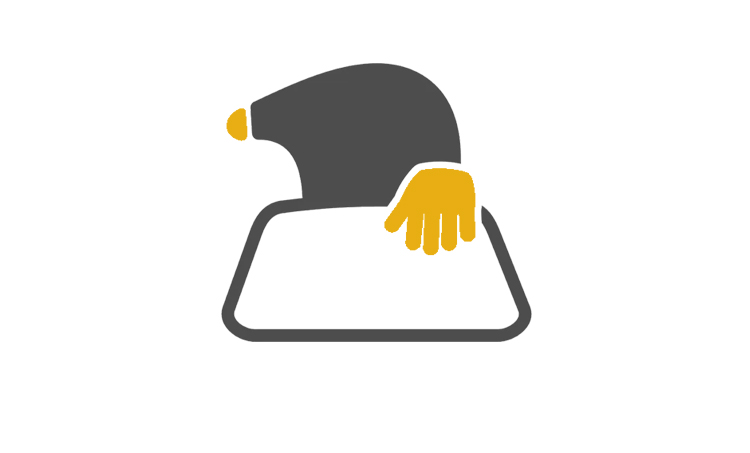Daily life with a mobility challenge often involves extra planning. Tasks like going out for groceries, seeing friends, or moving through rooms might require special steps or adjustments to manage safely and comfortably for individuals with mobility limitations.
Small but effective changes to travel routines and home environments can dramatically improve quality of life for those experiencing mobility barriers. Practical solutions such as rethinking room layouts or introducing mobility aids often do not require extensive renovations or high costs. These adjustments focus on removing obstacles and creating accessible spaces designed for individual needs.
Adapting Home Entrances for Better Accessibility
Traditional home entrances often present challenges for people with mobility limitations. Steps, narrow doorways, and high thresholds can make entering and exiting difficult without assistance. For many individuals, these barriers lead to feelings of dependence and frustration.
Installing ramps is one of the best solutions for improving entrance accessibility. Permanent concrete or wooden ramps work well for homeowners, while portable aluminium options offer flexibility for renters. When planning a ramp installation, the gradient is important, with a 1:12 ratio being the standard for comfortable use.
Doorways should ideally be at least 32 inches wide to accommodate wheelchairs and mobility aids. Widening doorways might seem daunting, but expandable door hinges can add up to two inches of clearance without major construction. Wheelchairs from Mobility Solutions are designed to fit through standard accessible doorways, so verifying measurements before installation remains important.
Threshold modifications help eliminate trip hazards. Rubber threshold ramps or bevelled wooden transitions remove obstacles while maintaining weather protection. These solutions come in temporary and permanent options to suit different needs and property types.
Entrance Lighting Solutions for Safety and Confidence
Proper lighting around entrances greatly improves safety for those with mobility challenges. Motion-activated lighting systems eliminate the need to search for switches in the dark, automatically illuminating pathways when movement is detected.
Switch placement matters greatly for accessibility. Positioning light switches at lower heights (typically 90-100cm from the floor) makes them reachable for wheelchair users. Rocker-style switches are easier to operate than traditional toggle switches for those with limited dexterity.
High-contrast markings on steps and level changes help prevent trips and falls. Simple solutions include painting the edges of steps in bright colours or applying reflective tape that stands out in low light conditions.
For outdoor installation, weather-resistant lighting options are essential. Solar-powered path lights provide illumination without wiring concerns, while LED fixtures offer longevity and energy efficiency for permanent installations.
Bathroom Modifications That Prevent Falls
Bathrooms pose unique safety challenges for people with mobility issues. Wet floors, confined spaces, and hard surfaces increase the likelihood of slips and trips. Addressing these hazards through careful adjustments helps make bathing safer and more comfortable.
Non-slip flooring provides better traction on wet surfaces without giving up style. Modern options include textured vinyl, cork, and ceramic tiles with slip-resistant glazing. These materials combine safety with visual appeal.
Grab bars are important safety features that should be installed near toilets, showers, and bathtubs. When selecting grab bars, weight capacity is a key consideration, with most quality options supporting between 100kg and 200kg.
For many people, traditional bathtubs present entry and exit challenges. Walk-in shower conversions eliminate the need to step over high tub walls, with zero-threshold designs being ideal for wheelchair users.
Accessible sink designs with knee clearance underneath allow wheelchair users to approach comfortably. Wall-mounted sinks or those with open space below work best for daily routines.
Technology Solutions for Independent Living
Modern technology provides helpful tools for making independent living more accessible. Voice-activated systems like Amazon Echo or Google Home allow control of lights, heating, and appliances without physical interaction.
Smart home integration connects various devices into a unified system. Lights can be programmed to turn on automatically when entering a room, while thermostats can maintain comfortable temperatures without manual adjustment.
Emergency response systems offer important support for those with mobility challenges. Wearable pendants or wristbands with fall detection can automatically alert caregivers or emergency services when help is needed.
Affordable technology options exist at various price points. Many local councils offer grants or equipment loans for assistive technology. Charities and mobility organisations sometimes provide refurbished equipment at reduced costs.
Choosing the Right Mobility Aid for Different Environments
Selecting suitable mobility equipment requires careful consideration of both home layout and outdoor needs. For narrow hallways and tight indoor spaces, compact wheelchairs or walking frames may work better than larger scooters.
Storage and charging requirements are important practical considerations. Powered mobility equipment needs accessible electrical outlets and sufficient space for safe charging. Foldable options provide solutions for homes with limited storage.
Regular maintenance supports longevity and reliability of mobility equipment. Battery-powered devices need routine battery checks and replacement every 1-2 years. Manual wheelchairs need periodic inspection of brakes, tires, and moving parts.
When choosing home modifications, match solutions directly with everyday obstacles. Anyone struggling with outdoor steps may benefit from a properly installed ramp. Those who have difficulty turning handles could switch to ergonomic door fittings for easier use.






